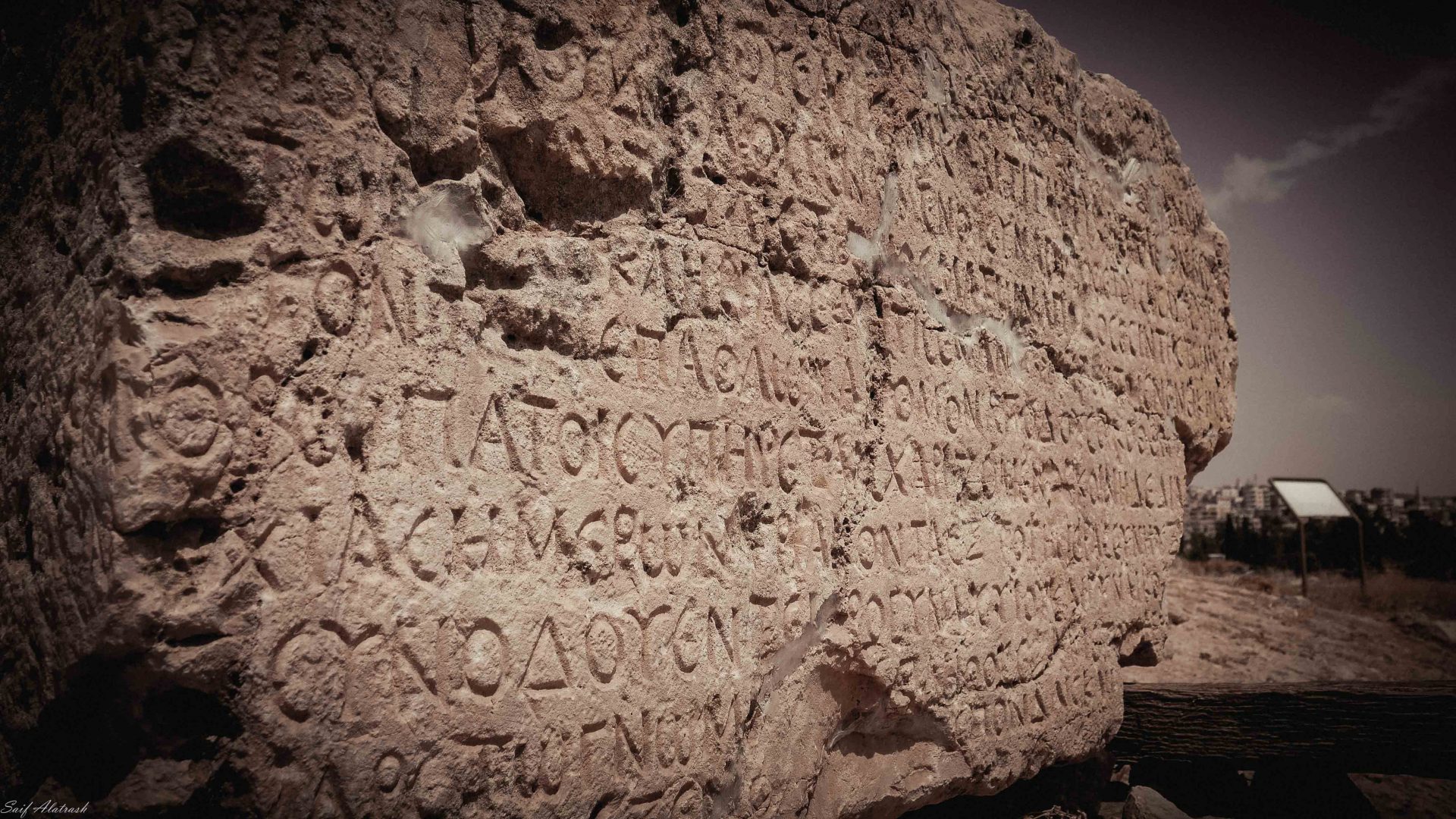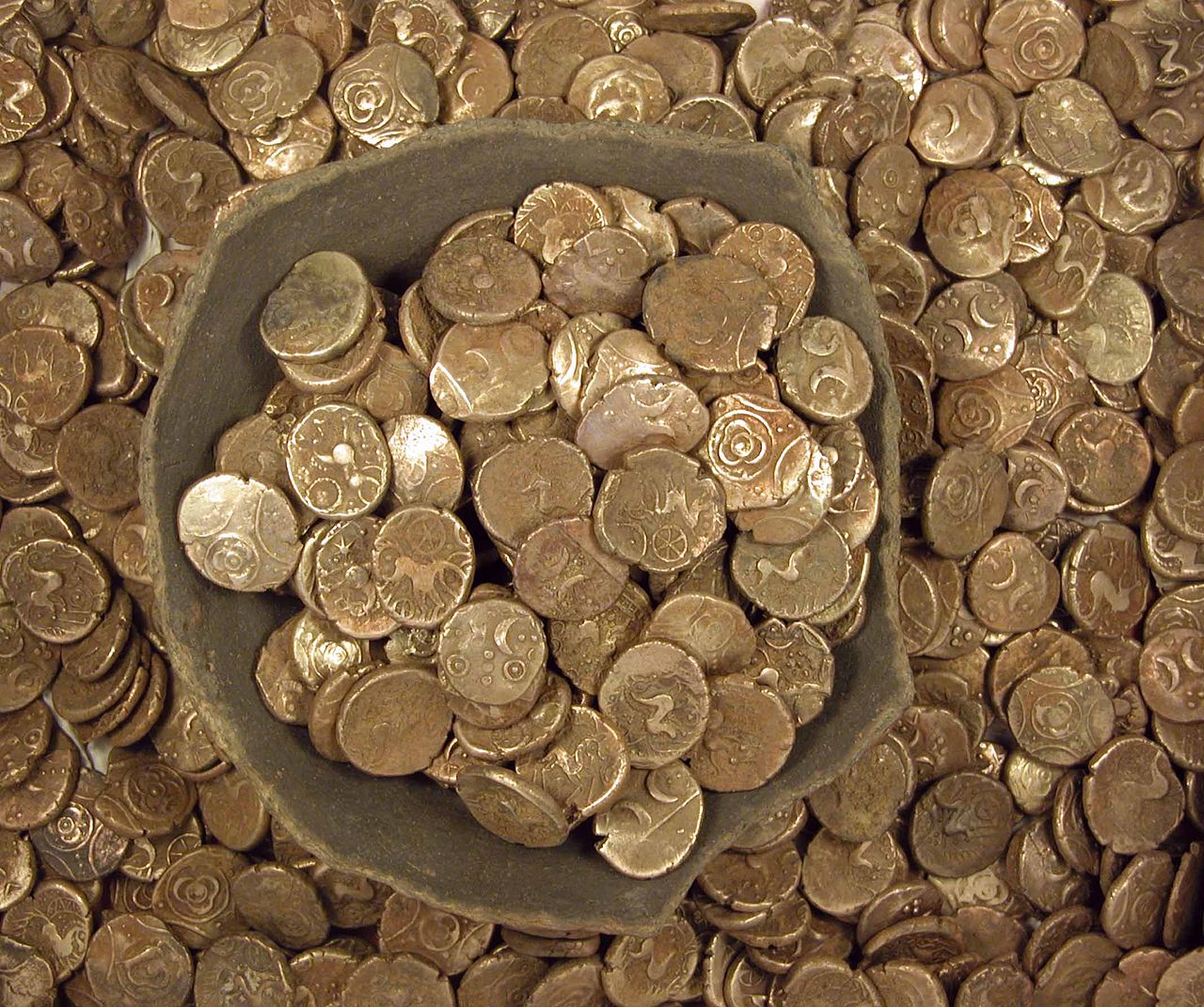Online
- Oxford Classical Dictionary Online
Continuously-updated encyclopaedia to all aspects of classical antiquity. 5th ed. 2016. See here for its list of abbreviations of both scholarly journals and classical works (or download PDF). - Brill’s Original “Big” Pauly (aka Realencyclopädie der classischen Altertumswissenschaft)
This is a very important encyclopaedia of the ancient world in German (see Print Resources for the “New Pauly” in English), which is being digitized at Wikisource. Topics are from one of two sections: Antiquity, which covers the ancient world of Greece and Rome, and the Classical Tradition, which covers the history of classical scholarship. - Cambridge Ancient History
Authoritative history of the ancient world presented in downloadable PDF chapters. CAH is the most comprehensive survey of ancient history available. It covers the prehistoric Mediterranean era (Mesopotamia, Egypt, the Minoan and Mycenaean periods to 324 C.E. when Constantine the Great became sole ruler of the Roman empire). CAH counts among its contributors the leading British classical and Near Eastern scholars of several generations, along with notable American and European scholars. Political, social, economic, cultural history. Maps and genealogical table. Extensive bibliographies. Plates appear in separate volumes. It is somewhat difficult to use because of numerous revisions. As a result, its parts are now in various editions. - Cambridge Histories – Ancient History & Classics
Cambridge Histories offers an essential reference collection on the ancient world across a span of Cambridge University Press Publications. Available as downloadable PDF chapters.
In Print
- The Oxford History of the Classical World. Boardman, John, Jasper Griffin, and Oswyn Murray, eds. New York: Oxford University Press, 1986; 1991.
Classmark: DE 59 BOA - Brill’s New Pauly. Cancik, Hubert, and Helmut Schneider, eds. Leiden; Boston: Brill, 2002-.
English edition of Der Neue Pauly, an updated and abridged version of the monumental Pauly-Wissowa. It covers the Near East and Egypt as precursors to Greece and Rome, the influence exerted on the Celts, Germans, and Arabs as well as Byzantine Studies. - Encyclopedia of the Ancient World: Antiquity. Brill’s New Pauly.
Classmark: LRG DE 5 CAN INDEX
Covers the late Bronze Age through the seventh century CE., extending to all Mediterranean civilizations, including the Near East and Egypt. - Encyclopedia of the Ancient World: Classical Reception. Brill’s New Pauly.
Classmark: LRG DE 5 LAN INDEX
Covers the reception of classics in the modern world. - Chronologies of the ancient world: names, dates and dynasties. Brill’s New Pauly Supplement 1. Edited by Walter Eder and Johannes Renger ; translated and edited by Wouter F.M. Henkelman ; assistant editor, Robert Chenault. Classmark LRG D 101.7 EDE
- Dictionary of Greek and Latin authors and texts. Brill’s New Pauly Supplement 2. Edited by Manfred Landfester in collaboration with Brigitte Egger; translated and edited by Tina Jerke and Volker Dallman. Overview of the major authors and then lists all significant papyri, manuscripts, scholia, early and contemporary authoritative editions, translations and commentaries. The most comprehensive source for the textual bibliography of the classical authors.
- The early Mediterranean world, 1200-600 BC. Brill’s New Pauly Supplement 9. Edited by Anne-Maria Wittke. 2018.
- Aufstieg und Niedergang der römischen Welt (ANRW)
Handbook of “Roman Studies in the broadest sense, and includes the history of the reception and influence of Roman Culture up to the present time.” Online index from the University of Kentucky. - Who Was Who in the Roman World: 753 B.C.-A.D. 476. Bowder, Diana, ed. Ithaca, NY: Cornell University Press, 1980.
Classmark: DG 203 BOW. - A Dictionary of Ancient History. Speake, Graham. Oxford: Blackwell, 1994.
Classmark: DE 5 SPE - Encyclopedia of the Roman Empire. Bunson, Matthew. Rev. ed. New York: Facts on File, 2002.
Classmark: LRG DG 270 BUN - Lexikon der alten Welt. Zürich: Artemis Verlag, 1965.
Classmark: LRG D 54
The so-called Artemis lexicon offers guidance in identifying and locating manuscripts from the Latin names applied to them, lists of important sites and their excavators, weights and measures, and sayings.
Decolonising the Ancient Mediterranean
- DuBois, W.E.B. 2007. The World and Africa. Oxford University Press. Includes a chapter on Egypt, another on “Ethiopians” as understood in the Greco-Roman world, and chapters on various African civilizations. Part of the Oxford W.E.B. DuBois series edited by Henry Louis Gates, Jr.
- Houston, Drusilla Dunjee. 1926. Wonderful Ethiopians of the Ancient Cushite Empire. Vol. I. Black Classic Press.
- Keita, Maghan. 1994. “Deconstructing the Classical Age: Africa and the Unity of the Mediterranean World.” The Journal of Negro History 79: 147-66.
- Lonis, Raoul. 1981. “Les trois approches de l’Éthiopien dans l’opinion gréco-romaine.” Ktema 6: 66-87.
- Mveng, Engelbert. 2005. Greek Sources of African History: From Homer to Strabo. Karnak House.
- Sellassie, Sergew Hable. 1972. Ancient and Medieval Ethiopian History. Addis Ababa, Ethiopia: United Printers.
- Snowden, Jr., Frank M. 1970. Blacks in Antiquity: Ethiopians in the Greco-Roman Experience. Cambridge, MA: Harvard University Press.
- Snowden, Jr. Frank M. 1983. Before Color Prejudice: The Ancient View of Blacks. Cambridge, MA: Harvard University Press.
- Snowden Jr., Frank M. 1990. “Romans and Blacks: A Review Essay.” American Journal of Philology 111: 543-57.
- Snowden Jr., Frank M. 1997. “Misconceptions About African Blacks in the Ancient Medierranean World: Specialists and Afrocentrists.” Arion 4: 28-50.
- Thompson, Lloyd and John Ferguson, eds. 1969. Africa in Classical Antiquity: Nine Studies. Ibadan University Press.
- Thompson, Lloyd. 1989. Romans and Blacks. Routledge.
- Thompson, Lloyd. 1993. “Roman Perceptions of Blacks.” Scholia 2: 17-30.





